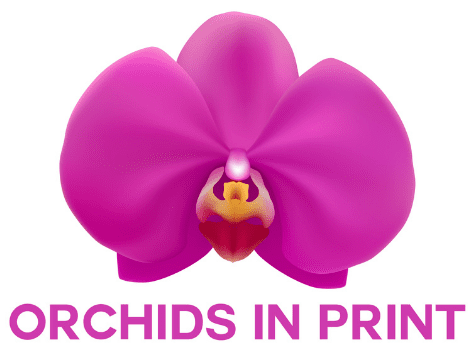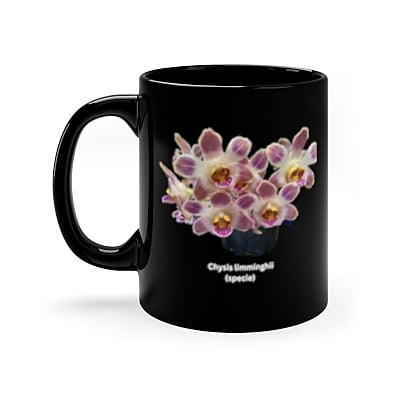Bulbophyllum Orchids: Origins and Environment

Origins of Bulbophyllum Orchids
Bulbophyllum orchids, belonging to the Orchidaceae family, represent one of the largest and most diverse genera of orchids. The genus was first described by Louis-Marie Aubert du Petit-Thouars in 1822. Bulbophyllum orchids are found across a wide geographical range, primarily in tropical and subtropical regions. These regions include Southeast Asia, Madagascar, the West Indies, Papua New Guinea, and parts of Africa and the Americas.
The name "Bulbophyllum" is derived from the Greek words "bulbos," meaning bulb, and "phyllon," meaning leaf, referencing the plant’s distinctive bulbous pseudobulbs.
Environmental Adaptations
Bulbophyllum orchids have adapted to a variety of environments, from lowland rainforests to montane regions. Their adaptability is reflected in their epiphytic, lithophytic, and sometimes terrestrial growth habits.
Habitat and Growth Conditions.
- Epiphytic Growth: Most Bulbophyllum orchids are epiphytes, meaning they grow on other plants, typically trees, without parasitizing them. This growth habit allows them to access higher light levels and air movement in dense forest environments. They rely on the host tree for physical support while absorbing moisture and nutrients from the air, rain, and debris accumulating around their roots.
- Lithophytic Growth: Some species are lithophytic, growing on rocks and cliffs. These orchids often inhabit areas with high humidity and frequent misting, taking advantage of the moisture that condenses on rocky surfaces.
- Terrestrial Growth: Although less common, certain Bulbophyllum species grow terrestrially, particularly in forest understories where they can exploit the leaf litter and humus for nutrients.
Environmental Preferences
Bulbophyllum orchids thrive in environments with high humidity, moderate to bright indirect light, and good air circulation. They are typically found in regions with stable, warm temperatures, although specific temperature preferences can vary widely among species. In their natural habitats, these orchids benefit from the consistent moisture provided by frequent rains and the high humidity levels typical of tropical forests.
Light Requirements
Bulbophyllum orchids generally prefer filtered light, akin to the dappled sunlight of their native forest canopies. Direct sunlight can be too intense and potentially damaging, leading to leaf burn and stress. Consequently, they are often found growing in shaded or semi-shaded areas.
Water and Humidity
The moisture needs of Bulbophyllum orchids are significant. They thrive in environments where humidity levels are consistently high, typically above 50%. In cultivation, maintaining high humidity can be achieved through regular misting, humidifiers, or growing the plants in a greenhouse. Overwatering, however, should be avoided to prevent root rot, a common issue for epiphytic orchids.
Temperature
While temperature preferences vary among species, many Bulbophyllum orchids are accustomed to warm, stable conditions. Optimal growth is often seen at temperatures ranging between 65-80°F (18-27°C). Some high-altitude species may tolerate cooler conditions, but sudden temperature drops can be detrimental to most Bulbophyllum orchids.
Bulbophyllum orchids are a fascinating and diverse group of plants with origins in tropical and subtropical regions worldwide. Their adaptability to various environments, including epiphytic, lithophytic, and terrestrial habitats, showcases their resilience and evolutionary success.
Understanding their natural habitat and growth requirements is essential for both conservation efforts and successful cultivation.
Have a great week enjoying your orchids.
Peter Johnson
Orchids In Print
(information sourced externally) Some orchid images courtesy of Orchids of Kurt (PNG)





























 |
| 
